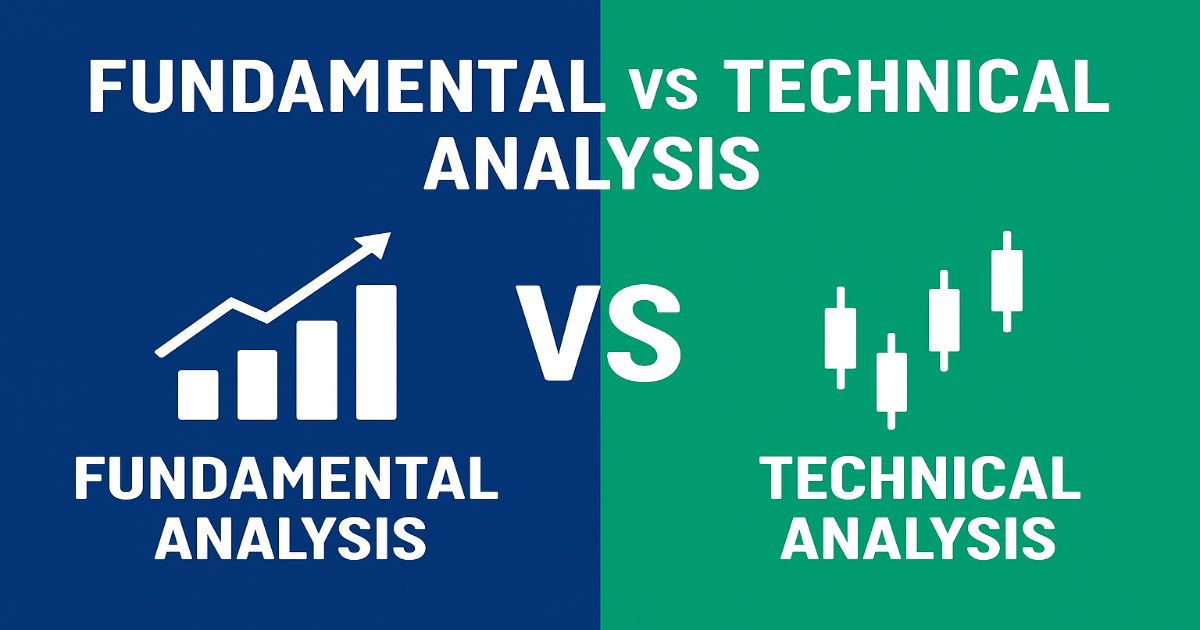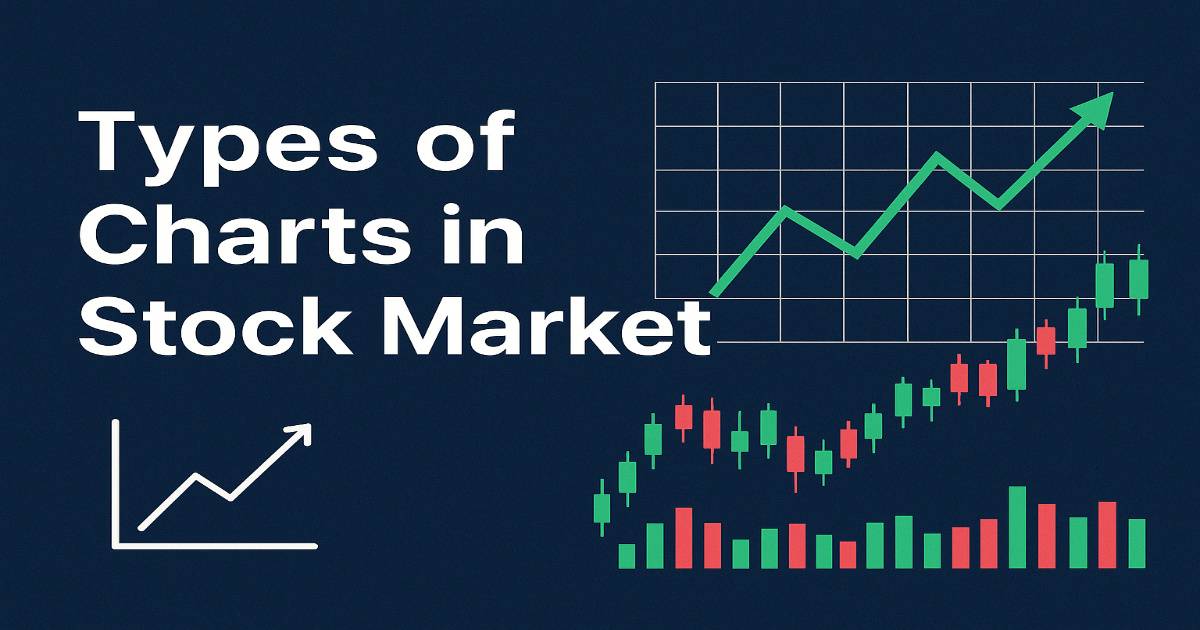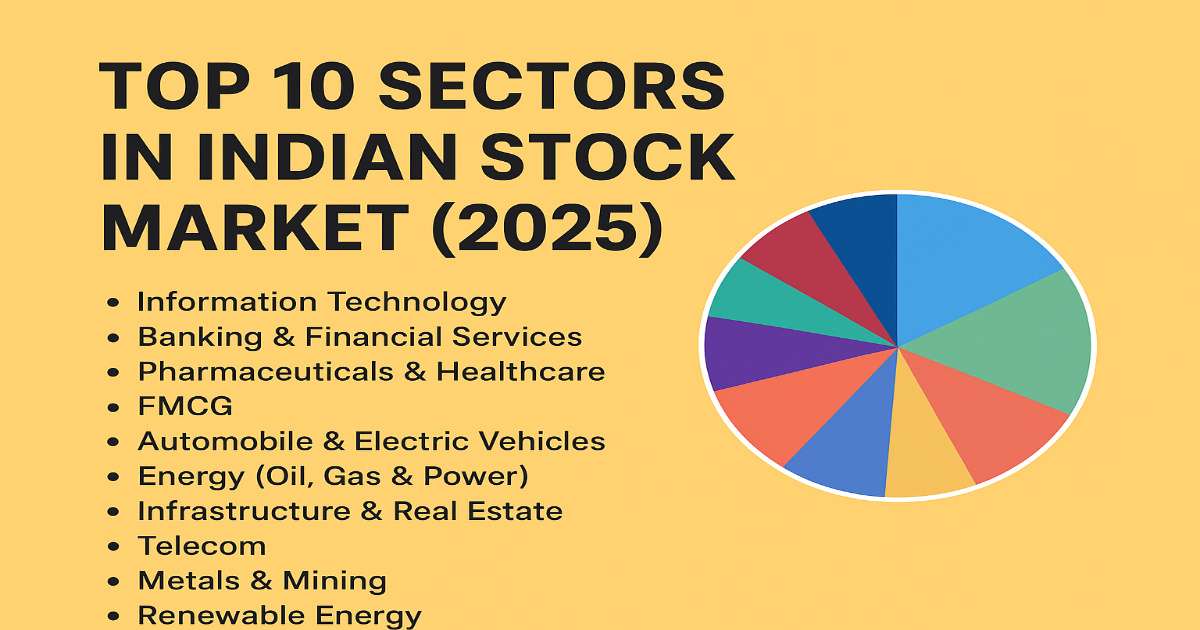Trading is the process of buying and selling financial assets like stocks, bonds, commodities, currencies, or derivatives with the aim of making a profit. It takes place in financial markets such as stock exchanges or online platforms. Traders aim to purchase an asset at a lower price and sell it at a higher price to earn a profit from the price difference.You may have heard about stocks, shares and funds. But there are thousands of financial markets you can trade, and a variety of products you can use to trade them.
What is Trading?
Trading is the act of buying and selling financial instruments like stocks, commodities, currencies, or cryptocurrencies with the goal of making a profit. Unlike long-term investing, trading usually involves shorter time frames and quicker decisions based on market trends, price movements, and economic news.
In stock market trading, for example, a person buys shares of a company and sells them when the price increases. The difference between the buying and selling price, after deducting charges, is the profit. Trading can be done daily (intraday), weekly (swing trading), or even within minutes (scalping).
To trade, one needs a trading and Demat account, access to a stockbroker’s platform, and basic market knowledge. Traders use tools like technical charts and indicators to predict price movements. While trading offers the potential for quick gains, it also involves risk. Therefore, understanding the market and using proper strategies is crucial for success.
Why Trading
Trading allows individuals to earn profits by buying low and selling high in financial markets like stocks, commodities, and currencies. It offers flexibility, fast returns, and the ability to start with small capital. With access to online platforms, anyone can trade from anywhere. Trading also provides opportunities to learn market behavior, improve decision-making, and build financial discipline. While it carries risks, proper strategy and risk management can help traders succeed in the long run.
Who Should Trade & Who Should Invest
Trading and investing are accessible to anyone with internet access and a bank account. This democratisation of financial markets means that individuals no longer require substantial capital or specialised knowledge to start.
Trading can help you make profits, but it’s also risky, particularly for those unfamiliar with market volatility. Conversely, investing takes a long-term perspective, focusing on gradual wealth accumulation through the sustained growth of assets.
The latter approach is generally less risky and more suitable for beginners, as it relies on the historical tendency of markets to grow over time.
Types Of Trading
1. Intraday Trading
Intraday trading involves buying and selling stocks on the same day. Traders aim to profit from small price movements within market hours. It requires constant monitoring, fast decisions, and technical analysis. No stocks are held overnight, making it a high-risk but high-reward trading style.
2. Swing Trading
Swing trading means holding stocks for a few days to weeks to capture short-term price swings. Traders use chart patterns, technical indicators, and sometimes news analysis. It’s less hectic than intraday trading but still requires market tracking. Ideal for part-time traders seeking short-term gains.
3. Positional Trading
Positional trading involves holding stocks for weeks to months, focusing on long-term trends and fundamental analysis. Traders ignore short-term volatility and aim for bigger price moves. It’s suitable for those who want steady returns without daily trading. Risk is lower, and time commitment is minimal.
4. Scalping
Scalping is an ultra-short-term trading strategy where traders make dozens of trades in minutes or seconds. The goal is to earn tiny profits from small price changes. It requires high-speed platforms, sharp focus, and strict discipline. Scalping is highly risky and suited only for experienced traders.
5. Delivery Trading
In delivery trading, stocks are bought and held in a Demat account for a longer period—months or years. It’s not active trading but long-term investing based on company fundamentals. There’s no daily buying or selling. It’s low-risk and ideal for building wealth over time.
How Trading Works?
Analyse the Market
Before placing any trade, analyze the market using:
- Technical analysis (price charts, indicators like RSI, MACD)
- Fundamental analysis (company earnings, news, economy)
This helps you understand whether it’s the right time to buy or sell an asset.
Place Trades
Once you’ve identified a good opportunity:
- Open your trading platform
- Choose the stock or asset
- Select buy or sell
- Set quantity, price (limit or market order), and place the trade
Monitor and Close
Once a trade is placed, traders need to keep an eye on the market and decide the best time to exit, either to take profits or to cut losses. Discipline is key here.
Traders must stick to their original plan and avoid letting emotions like greed or fear make them stay in a trade too long or exit too early. Knowing when to close a trade, often at predetermined key levels or based on market changes is crucial.
How to Start Trading
Open a Trading & Demat Account
Choose a trusted broker like Zerodha, Upstox, or Groww, and open a Trading Account (for buying/selling) and a Demat Account (to hold shares).
Complete KYC Process
Submit your PAN card, Aadhaar, bank details, and complete KYC verification online.
Fund Your Trading Account
Transfer money from your bank to your trading account to start buying shares.
Learn Market Basics
Understand stock market terms, trading styles (intraday, delivery), and how the market works.
Start Small with Simple Trades
Begin with low-risk stocks or ETFs. Use limit orders and apply stop-loss to manage risk.
Track, Learn, and Improve
Monitor your trades regularly. Analyze results and continuously learn from mistakes and market behavior.
Trading vs investing
| Feature | Trading | Investing |
|---|---|---|
| Time Horizon | Short-term (minutes to months) | Long-term (years) |
| Goal | Quick profits from price movements | Wealth creation and compounding returns |
| Approach | Technical analysis, charts, patterns | Fundamental analysis, company growth |
| Risk Level | High (due to volatility) | Lower (if diversified and long-term) |
| Frequency | Frequent buy/sell | Rare buy/sell |
| Returns | Fast but uncertain | Slow but stable |
| Involvement | Active, needs constant monitoring | Passive, less time required |
| Examples | Intraday, Swing, Scalping | SIPs, Buying and holding quality stocks |
| Emotional Discipline | High discipline needed | Patience and consistency |
Trading Tools & Platforms
Traders use various tools and platforms to analyse markets, execute trades, and manage risk.
- TradingView: Offers advanced charting tools, real-time data, and social networking features for traders to share insights
- Appreciate: Appreciate is a digital platform for trading and investing, allowing easy access to US equities, fixed deposits, ETFs, bonds, and digital gold.
- Economic Calendar: Tracks important economic events that can affect market movements
- Yahoo Finance: A widely used tool for free stock quotes, news, and financial information
- Moneycontrol: Specifically popular in India, it provides news, data, and analysis for stock market investors and traders.
Pros & Cons Of Trading
Pros of Trading
- Quick Profit Potential
– You can earn money in short time frames (minutes to weeks). - High Liquidity
– Easy to buy/sell shares due to active markets. - Flexible Lifestyle
– Trade from anywhere, anytime via online platforms. - Variety of Strategies
– Choose from intraday, swing, options, futures, etc. - Small Capital Required
– Start trading with a small investment and scale up. - Learning Opportunity
– Trading improves financial knowledge and discipline.
Cons of Trading
- High Risk of Loss
– Prices fluctuate fast; wrong decisions lead to heavy losses. - Emotional Stress
– Constant watching and fear of loss can cause anxiety. - Requires Time & Focus
– You must monitor markets regularly, especially in intraday. - Transaction Costs
– Brokerage, taxes, and charges reduce profits. - Not Suitable for Everyone
– Requires skills, patience, and fast decision-making. - Addictive Nature
– The thrill of quick profits can lead to overtrading.
Final Thoughts
As we wrap up this beginner’s guide, remember that trading offers a path to potentially grow your wealth by making informed decisions and navigating market changes.
With the right tools and resources, anyone can start trading, but it takes patience and learning. Visit our website Appreciate Wealth or download our trading app, to learn more and begin your journey towards financial success.
FAQs
What can you trade on?
You can trade on stocks, commodities, forex, and more, diversifying your portfolio across various asset classes.
What should beginners trade in?
Start with less volatile markets or simulators to practise.
What is trading for beginners?
It’s about learning market basics and starting with small investments
What is the 1 rule in trading?
Never invest more than you can afford to lose.
Do beginner traders lose money?
Many do, primarily due to a lack of experience and risk management.
What is the 80% rule in trading?
In futures trading, if the market opens above or below the value area and moves back into it, there’s an 80% chance it will reach the other side.
Conclusion
Trading offers a great opportunity to earn quick profits, learn financial skills, and enjoy flexibility. However, it also comes with high risk, emotional pressure, and requires deep market understanding. If you are disciplined, willing to learn, and can manage risk, trading can be a rewarding activity. But for beginners, it’s best to start small, focus on learning, and never trade with money you can’t afford to lose. Always use a proper strategy and stop-loss.







